Composting Benefits and Techniques: Turn Scraps into Soil Gold
Why Composting Matters Right Now
When food scraps and leaves go to landfills, they lose their chance to become soil and may generate methane. Composting keeps these materials in a healthy cycle, returning nutrients to the earth and lightening your trash bin. Start small today and tell us what items you’ll compost first.
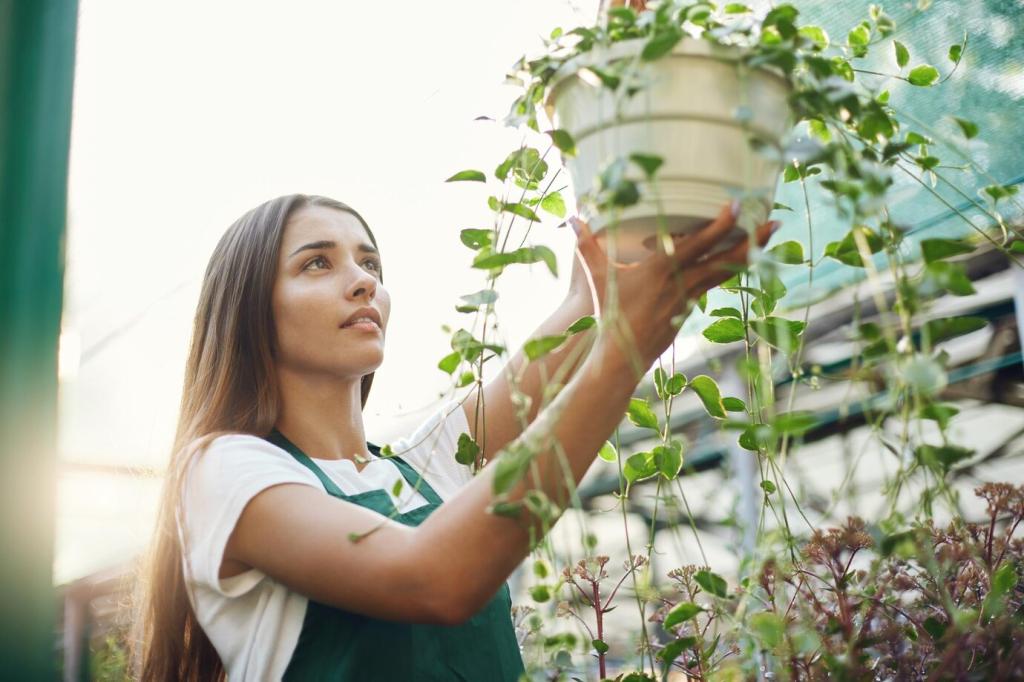
Getting Started: Building Your First Compost
Choosing a System
From simple piles and tumbler bins to worm farms, each composting technique offers trade-offs in speed, effort, and space. Tumblers keep things tidy and fast; piles handle volume; worms excel indoors. Pick what fits your home, and share a photo of your setup to encourage fellow beginners.
Greens, Browns, and the Magic Ratio
Balance nitrogen-rich greens (kitchen scraps, fresh trimmings, coffee grounds) with carbon-rich browns (dry leaves, shredded cardboard). Aim for more browns than greens—roughly two or three to one by volume. This balance fuels the microbes that transform waste into compost. What’s your favorite, easy-to-find brown material?
Finding the Right Spot
Place your compost where you’ll actually use it—near the garden or close to the kitchen door. Partial shade prevents drying, and convenient access makes turning and watering easier. If neighbors are close, choose a covered bin. Tell us where you’ve placed yours and why it works for you.
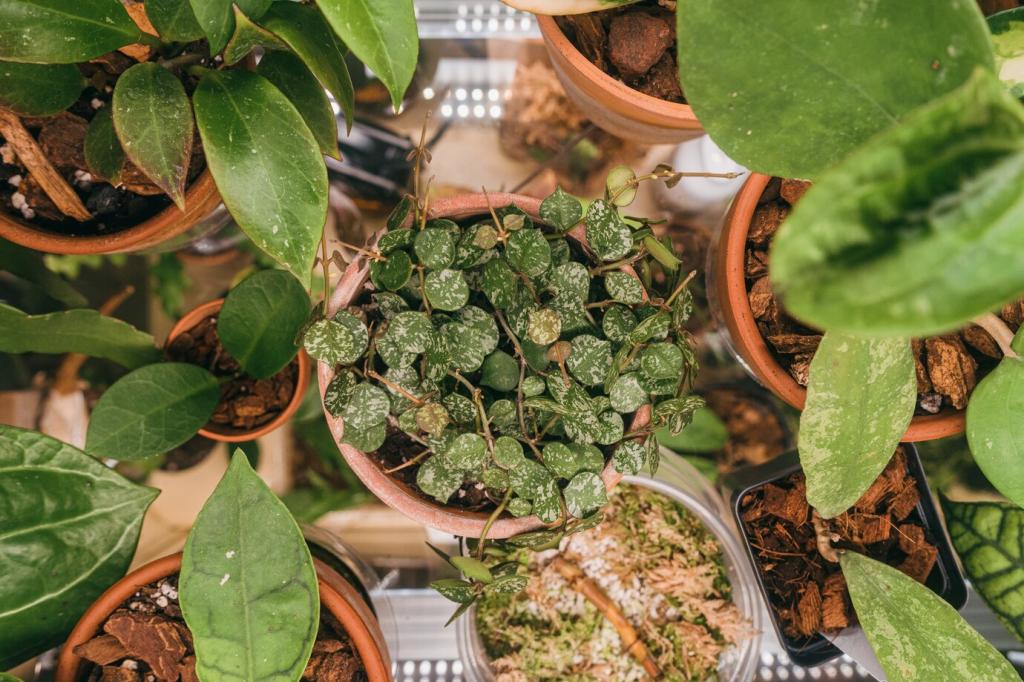
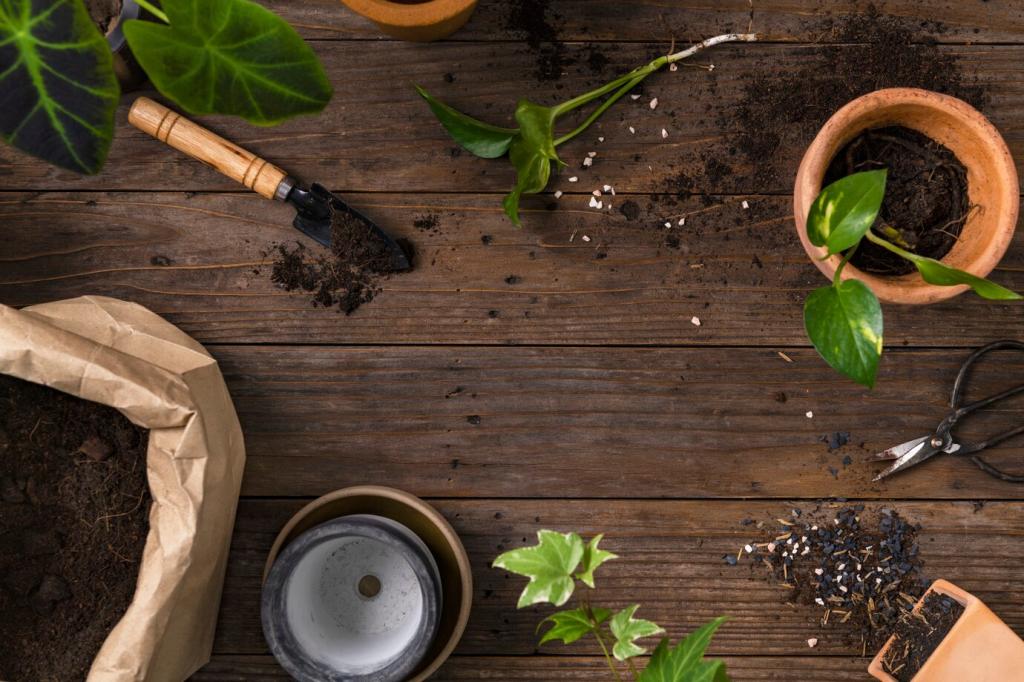
Daily Habits That Keep Compost Thriving
Add fruit and vegetable scraps, coffee grounds, tea, crushed eggshells, yard leaves, and shredded paper. Avoid meat, dairy, oils, diseased plants, and glossy plastics. When in doubt, ask the community below—share a tricky item you’re unsure about, and let’s build a quick-reference list together.
Daily Habits That Keep Compost Thriving
Your compost should feel like a wrung-out sponge—moist but not soggy. If it dries, sprinkle water; if it’s wet, add browns and fluff it. Turning introduces oxygen for faster decomposition. What’s your climate’s biggest challenge—dry heat or humidity? Tell us so we can tailor tips for you.
Troubleshooting: Fixing Common Compost Problems
A sour smell usually means excess moisture or too many greens. Add dry leaves, shredded cardboard, and a few sticks for airflow. Mix thoroughly and cover new greens with browns. Post a comment if an odor persists—we’ll help you fine-tune your ratio and turning schedule.
Troubleshooting: Fixing Common Compost Problems
If the pile looks dusty and nothing changes, gently water and add more greens. Break up clumps and mix layers to reawaken microbes. A thin tarp can retain moisture in windy spots. What climate are you in, and how do you keep hydration steady? Share your local wisdom.
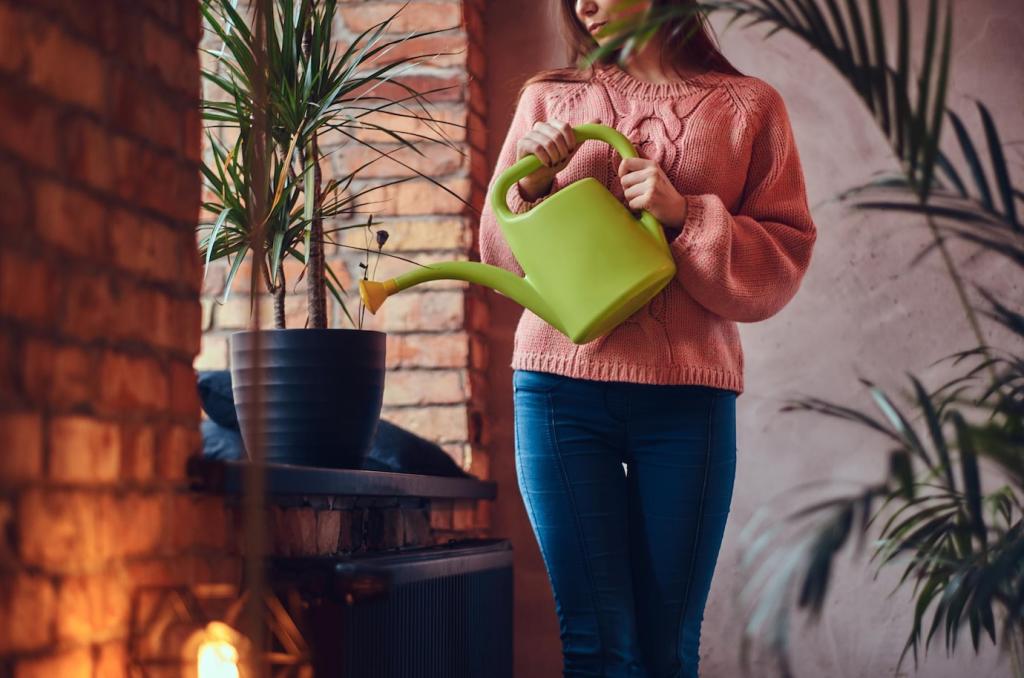
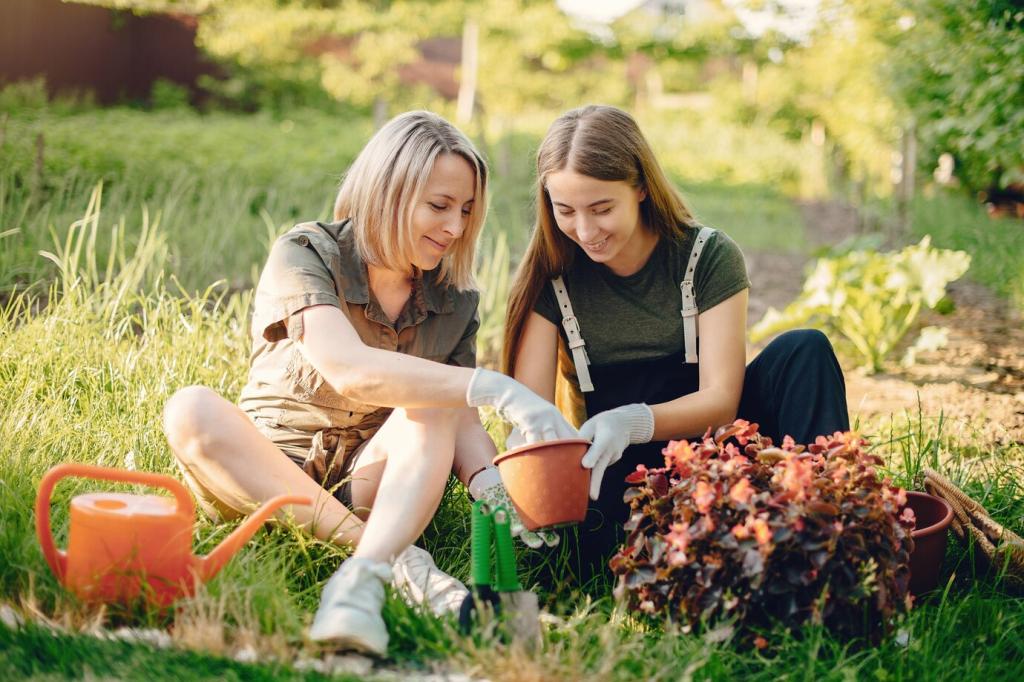
Chop, Shred, Layer
Small pieces break down faster, so chop kitchen scraps and mulch leaves with a mower. Layer browns and greens like lasagna, finishing with a brown cap. This structure boosts airflow and temperature. What tools help you shred efficiently? Share hacks that fit tight schedules and small spaces.
Hot Composting Basics
With a good mix and volume, a pile can heat up significantly. Aim for generous browns, steady moisture, and frequent turning to maintain active temperatures. Monitor with a compost thermometer if you have one. Comment with your hottest pile milestone and what changes helped you get there.
Microbial Boosts and Inoculants
A scoop of finished compost, leaf mold, or healthy garden soil introduces diverse microbes that jump-start decomposition. Moisten layers with dechlorinated water and avoid harsh chemicals. Share your favorite inoculant and whether it sped up your timeline compared to a control batch.
Using Finished Compost Like a Pro
When Is Compost Ready?
Mature compost has a deep, earthy aroma, no recognizable food bits, and a uniform texture. Sift if you want finer material. If you’re unsure, let it sit a week and test again. How do you judge readiness—smell, texture, or plant response? Share your go-to method below.
Top-Dressing and Mulching
Spread a thin layer around plants to feed soil life and retain moisture, then cover with mulch to lock it in. For lawns, screen and brush lightly into the turf. Tell us which plants responded best to top-dressing and what timing worked in your season.
Potting Mixes and Seed Starting
Blend finished compost with coconut coir, perlite, or screened garden soil for nutrient-rich mixes. Avoid using pure compost for seedlings; it can hold too much moisture. Share your favorite blend ratios, and we’ll compile a community-tested list for different crops and climates.
Community and Climate: Composting Together
Trade your extra browns for a neighbor’s greens, or coordinate leaf pickups after storms. Shared bins reduce costs and teach newcomers. Post your city and whether you’d join a swap; we’ll help readers connect and keep those materials circulating locally.
Community and Climate: Composting Together
A countertop caddy and a clear poster can launch a cafeteria compost stream. Weekly weigh-ins make progress visible and fun. If you’ve piloted a program, describe your setup and lessons learned so others can replicate your success with simple, proven techniques.
Community and Climate: Composting Together
What was your biggest compost victory—eliminating a smelly bin, reviving tired soil, or harvesting your first rich, crumbly batch? Leave a comment, subscribe for monthly challenges, and invite a friend to start. Together, we’ll turn everyday scraps into lasting soil health.
